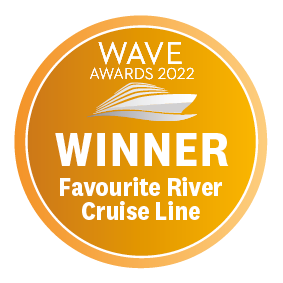Rhine Getaway

The great and powerful goddess Hild was one of the legendary Valkyries. She is the daughter of Hogni and the wife of Hedin, who were engaged in a never-ending battle. The Valkyries flew over battlefields astride their horses and decided the fate of the fallen. Hild used her power to revive the dead on the armies of her father and husband to prolong their infinite conflict.
Viking is the largest river cruise line operators in the world, with a fleet of 76 ships running sailings across four continents on an army of award-winning ships. The river arm of Viking is just one of Viking's cruise options, the super-premium Norwegian ocean cruise line known for its superlative cruise experience, small ships with Scandi-chic interiors and fantastic destination and cultural enrichment programme.
On the river, Viking offers cruisers the chance to sail in Europe, Asia, Africa and the US, offering facilities like sundeck swimming pools, relaxing Aquavit terraces and well-stocked libraries. Continually making new additions and expanding, Viking has recently upped its Nile river cruise game with two new ships, and also sails the Mississippi river.
The cruise line also champions themed cruises, taking passengers to the likes of the Passion Play at Oberammergau and offering exclusive pre-and post-cruise land tours.

The great and powerful goddess Hild was one of the legendary Valkyries. She is the daughter of Hogni and the wife of Hedin, who were engaged in a never-ending battle. The Valkyries flew over battlefields astride their horses and decided the fate of the fallen. Hild used her power to revive the dead on the armies of her father and husband to prolong their infinite conflict.










